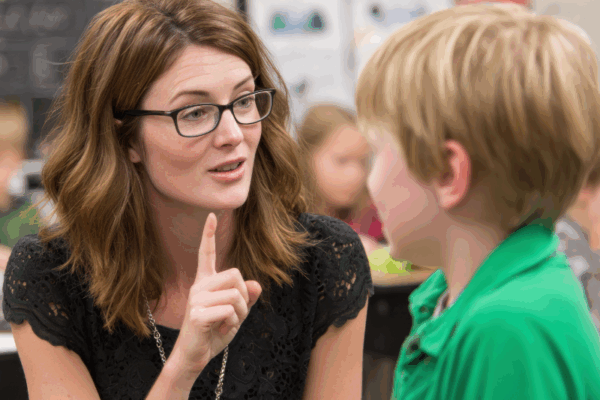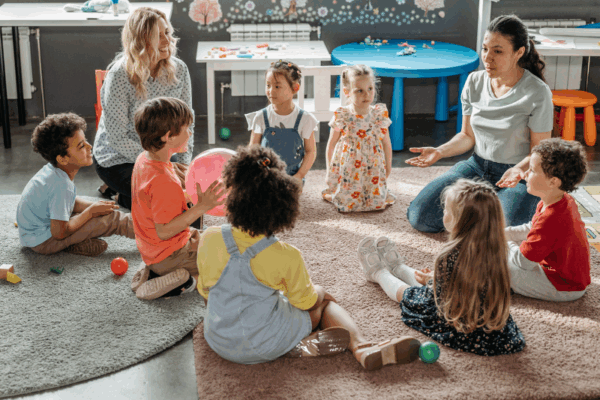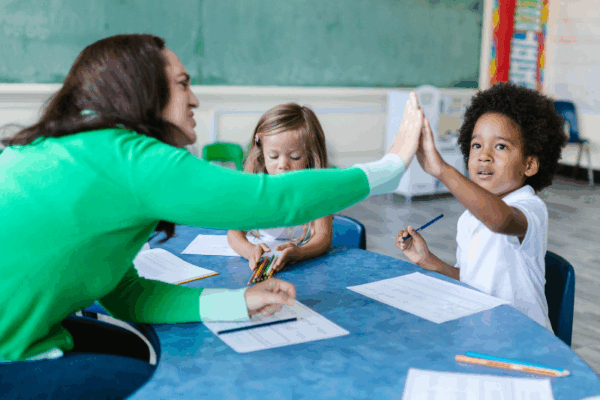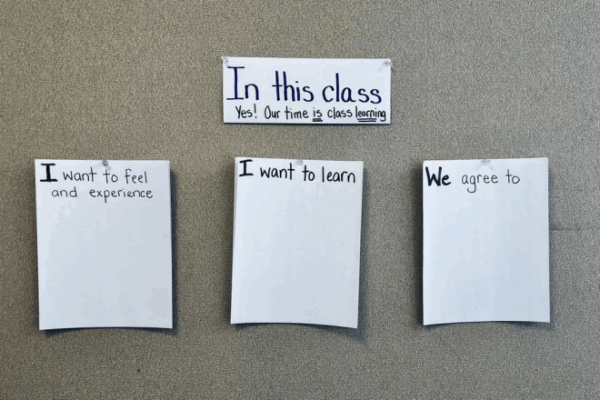
Literacy, Learning & Connecting
What feels good? What is helpful so you can learn? Often, it’s not a thing at all!
Taking time to ask key questions to help children self-identify how they feel, and get what they
need to feel well, do well and be well is positive communication. It strengthens connection,
engagement and critical self awareness skills that lead to self advocacy.



